Decal in fuel filler flap with fuel labelling
On Volvo cars of model year 2017 and onwards, there is a decal in the fuel filler flap that shows which fuel applies for the specific car. If one of the symbols on the decal in the fuel filler flap corresponds with the label on the pump then the fuel can be used. The labelling is designed according to European standards and should be in place in all EU countries from October 2018. The standard is called EN 16942.



Petrol with ethanol
Different concentrations of Ethanol can be mixed with petrol. Two types available on the market are E5 and E10. The labelling for petrol with ethanol is a circle with a designation in the middle. The designation indicates the maximum permitted proportion of ethanol in the fuel. The label may have the following appearance:
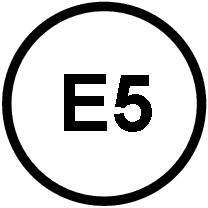
Contains max. 5% ethanol
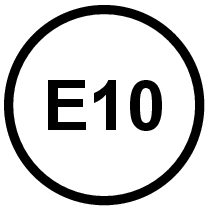
Contains max. 10% ethanol
E5 - can be used in all Volvo cars from 1976 equipped with genuine Volvo parts and with petrol as fuel.
E10 - can be used in all Volvo cars from 1976 equipped with genuine Volvo parts and with petrol as fuel. Does not apply to Volvo S40 1.8i and V40 1.8i (models with direct-injection engine).
Note
Biodiesel and diesel
Biodiesel is a fuel based on vegetable and animal oils as well as fats. There is as yet no standard labelling available. However, it is fairly standard practice for biodiesel to be labelled using a square containing a designation. The designation indicates the maximum permitted proportion of biodiesel in the fuel.
The Volvo cars that use diesel as fuel can normally use the diesel range widely available in Europe. The label may have the following appearance:
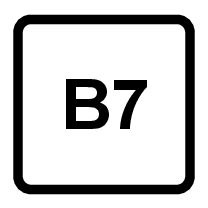
Contains max. 7% biodiesel
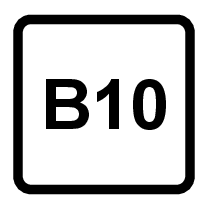
Contains max. 10% biodiesel
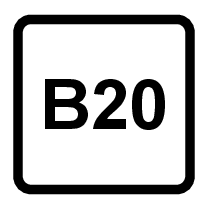
Contains max. 20% biodiesel
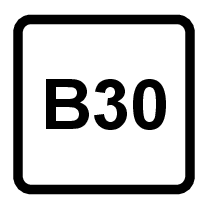
Contains max. 30% biodiesel
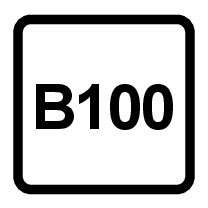
Contains max. 100% biodiesel
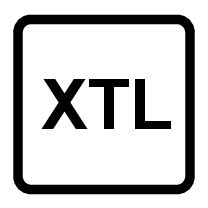
Contains paraffin diesel
B7 - can be used in all Volvo cars equipped with genuine Volvo parts and with diesel as fuel.
Vehicle gas
At the filling station, the vehicle gas is labelled with a diamond shape containing a designation. The designation indicates which type of gas the vehicle gas consists of. The label may have the following appearance:
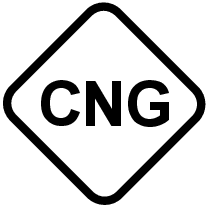
Compressed Natural Gas
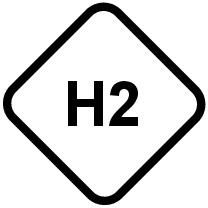
Hydrogen
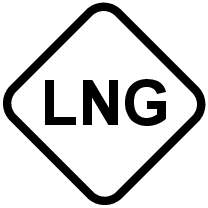
Liquefied Natural Gas
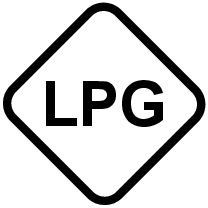
Liquefied Petroleum Gas
Applicable models
Cars of model year 2016-2019